Royal College of Art vehicle design 2011

There is a noticeable shift in how the emerging generation of consumers views cars. This could not be more evident than at the Royal College of Art's recent graduate vehicle design show, where emerging designers from the class of 2011 presented a selection of ideas that were by far some of the most provocative - and interesting - in recent years.
Almost entirely absent were representations of smoothly sculpted sports cars with surfaces like toned muscle - an approach to car design embodying the kind of clichéd masculinity that suddenly feels somewhat alien in today's more caring world. Also missing were the endless parade of heavily branded vehicles, usually the result of workshops sponsored by manufacturers themselves.
On the whole the majority of works on display showed an understanding of the problems facing mobility in the 21st century with some rather intelligent answers that together reflect very much the zeitgeist.
Former Lego toy designer Adam Phillips, for instance, has ignored exterior design altogether concentrating on a cabin designed for the modern family. 'Current interiors reinforce 1950s family dynamics, with dad as boss and everyone else sitting there doing nothing,' says the British designer, explaining that 'this is not how the modern family works nor is it the way we interact with one another in the home environment.'
Therefore his Family Dynamic concept is an extension of the family home carrying through much of the living room's aesthetic as well as the more fluid arrangement that encourages everyone to interact with one another.
'Kids are often more capable of working with computers and gadgets and therefore play an active role in the family,' he continues. 'My design mimics life in the home, where the occupants have greater interaction.'
There is a flexible clever seating arrangement and a special interactive wall using digitally enabled glass that spans the length of the passenger space. It connects the occupants and allows them to collaborate through applications such as movies, gaming or communication. The vehicle is also designed as a range of modular components allowing the interior to be configured to suit the size of the family and their needs.
Wallpaper* Newsletter
Receive our daily digest of inspiration, escapism and design stories from around the world direct to your inbox.
'It is important for the car to have a similar texture to the home,' says Phillips, before concluding: 'The most negative thing is this fashion for MPVs that are like a sports car for the dad who likes to drive, but having a family is much cooler than being a boy racer.'
Shared transport solutions featured prominently at the 2011 show - albeit in very different ways. Duo James Brooks and Richard Bone have created a car tailored for sharing. They also used the occasion to launch their own design consultancy Brooks & Bone. 'The concept is born out of us being completely disillusioned with the automotive industry and how inward looking it is,' notes Brooks. Bone adds: 'It's like an internal bubble making fast cars and concerned with status.'
Following much research into current car sharing schemes, including endless discussions with TFL, their conclusion is a boxy concept, covered in glass, run on an electric platform and designed to be ideal for city mobility. Bone explains: 'The shape is completely bound by functionality. It is the same size of a Smart Car but can also fit some of Ikea's biggest flat packs and is adaptable for wheelchair users. This had to be cheap to be produced and spatially efficient.' Concerned with how cars are all about status symbols, the visibility and neutrality means that the driver/passenger's status remains the same inside or outside the car.
Senior tutor Sam Livingstone notes that this is the first time RCA vehicle designers have collaborated on a final year project and their somewhat un-automotive approach may also highlight changing attitudes. American designer Julliana Cho has also proposed an electric car sharing system, albeit in this case catered towards a more elite consumer. 'I wanted something that focuses on the driving experience,' she says.
Her Porsche shared car idea is aimed at the hypothetical Asian market of 2026. Customers of this exclusive club are given a smart card to customize their borrowed car to suite their very own driving dynamics and also modify to their desire.
In complete contrast, Swedish designer Robert Hagenstrom's Bamboo Utility Vehicle is both ecologically and socially sustainable - the idea being for people in the developing world to generate their own materials, to build a car that can then continue to provide an income. 'It's a farm, forest and factory in one,' he muses.
Initially the communities are given a patch of land and a kit consisting of an engine, essential seeds and saplings. Bamboo, for the body structure, and switchgrass, for the bio-fuel, are both quick growing and sustainable as they can continue to provide income through ongoing farming and cultivation.
Another socially aware concept came via Israeli designer Ido Baruchin. His Otto system brings social and ecological sustainability to vehicle manufacturing and design. Otto challenges the monolithic notion of a world car. The designer says he cannot understand how someone can sketch cars for parts of the world that they have little first hand knowledge of. 'There is too much flattening and we run the danger of becoming a mono-culture,' he says.
He calls the Otto system 'contextual mobility' whereby the car not only responds to the needs of various societies but also involves both global and regional manufacturing - using local materials, labour and craft.
'Automotive design is very challenging but the industry and all the politics are the problem. They are talking of green but transporting one person in one car is not very sustainable,' says Baruchin, who is planning to move careers into product design.
Mexican student Fernando Ocana takes a more conceptual approach with his project Monoform. The former General Motors automotive designer came to the RCA in order to help think outside the box - to find new solutions to what he saw as complete single mindedness and constant nostalgia in car design.
Tucked away in a dark room, Monoform is a three-seater urban vehicle that uses reflective glass and architectural shaping to encourage people to view their current environment from a different perspective - and by doing so proposes a fresh interaction between man and machine.
'I wanted something that talked and interacted with the city,' he says. 'There is much more to car design than designing cars that look like they are moving when standing still.'
He continues: 'The point of this project is to add relevance to what we do. There are a lot of people out there who are really annoyed about what we're doing as car designers and I believe we need change, and change as a consequence of time. The future isn't about looking back.'
Another sign of change was that show sponsor, the auto glass supplier Pilkington, awarded prizes to Phillips, Hagenstrom and Ocana; a few years ago such radical designs would never have been acknowledged in this way. Car designer Peter Stevens, one of the RCA's visiting professors, says: 'There is a general feeling they want to make changes.' Ocana agrees: 'I hope that we are going to do things differently. I want us to flip car design over and turn it on its head.'
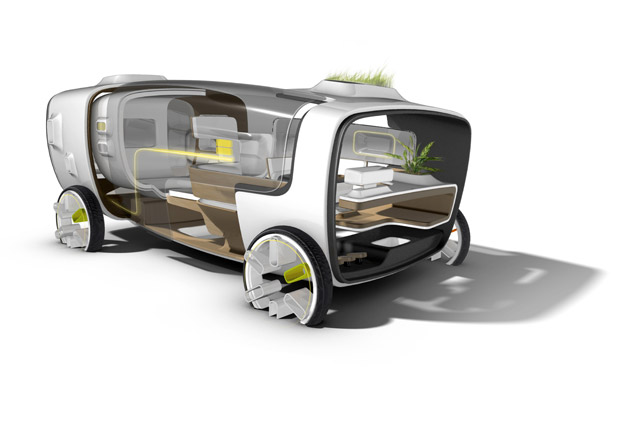
Family Dynamic by Adam Phillips
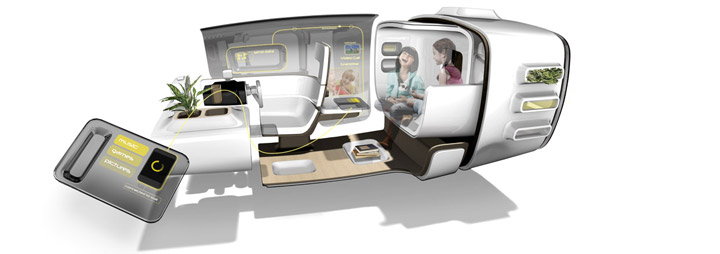
Family Dynamic by Adam Phillips
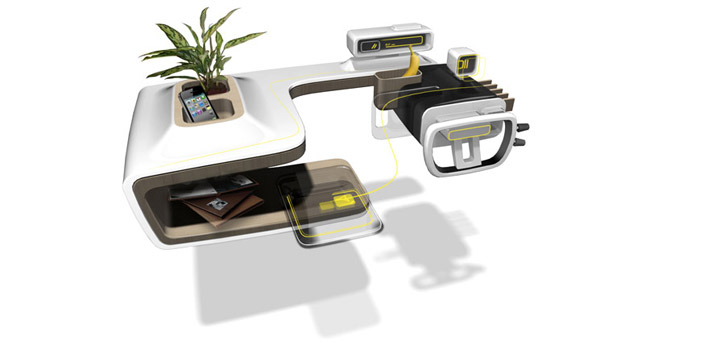
Family Dynamic by Adam Phillips
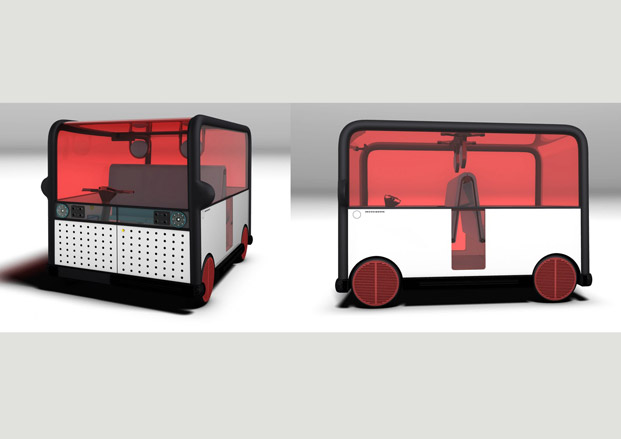
Concept by James Brooks and Richard Bone
Duo James Brooks and Richard Bone of Brooks & Bone have looked at creating a car designed specifically for urban-shared car systems with this Smart size boxy electric vehicle
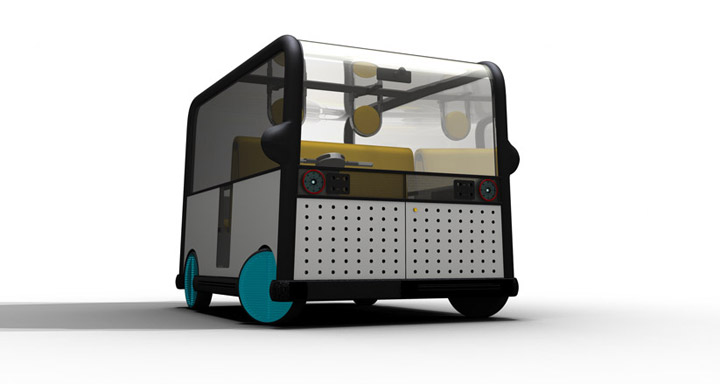
Concept by James Brooks and Richard Bone
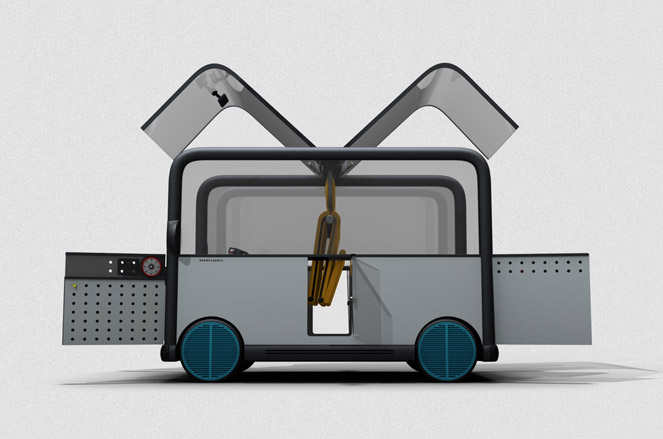
Concept by James Brooks and Richard Bone
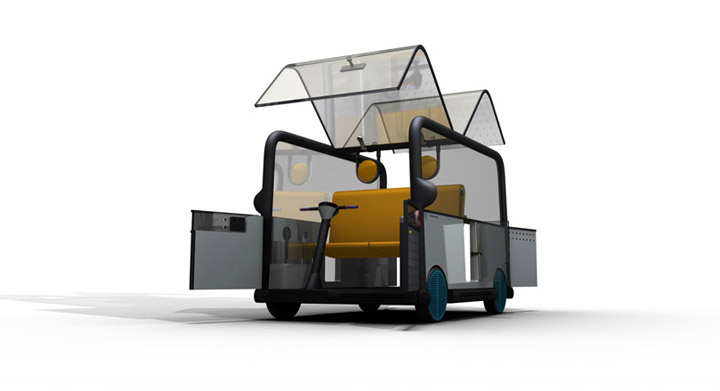
Concept by James Brooks and Richard Bone
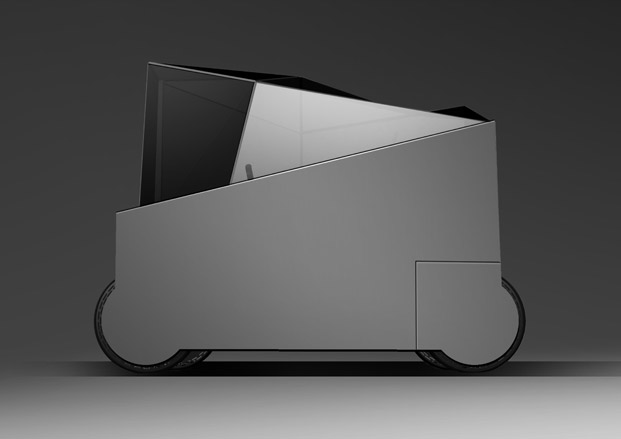
Monoform by Fernando Ocana
Fernando Ocana has designed an urban vehicle that uses reflective glass and architectural shaping to encourage people to view their current environment from a different perspective and by doing so proposes a fresh interaction between man and machine
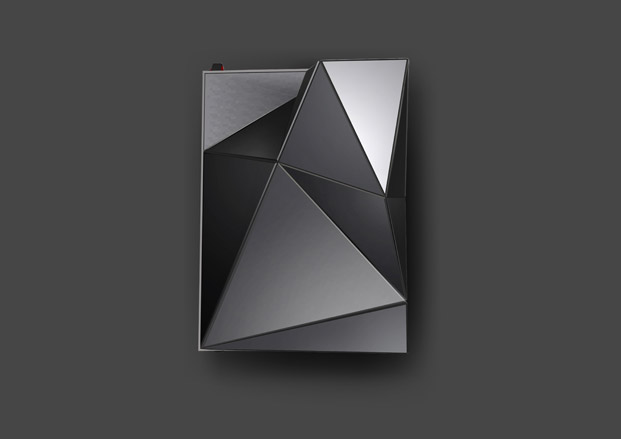
Monoform by Fernando Ocana
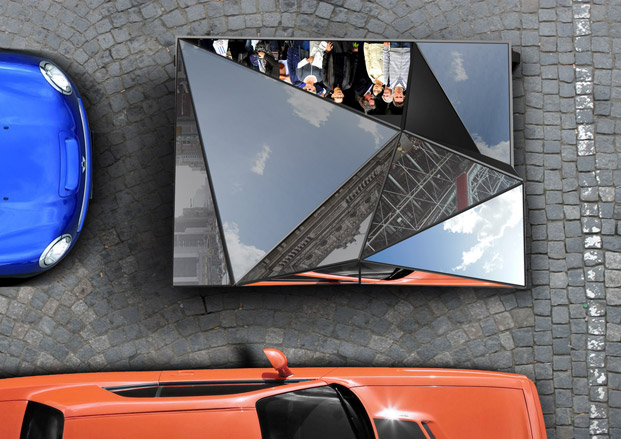
Monoform by Fernando Ocana
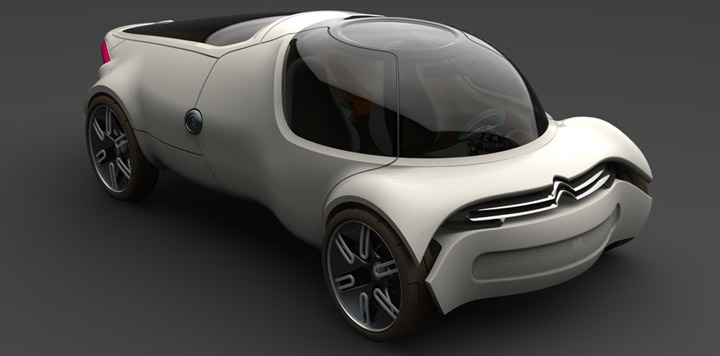
Citroën 48H concept by Heikki Juvonen
Heikki Juvonen is concerned with how we holiday in this overworked society. His 4.8m-long Citroën 48H is about rejuvenating weekend escapes, but is also suitable for daily commuting
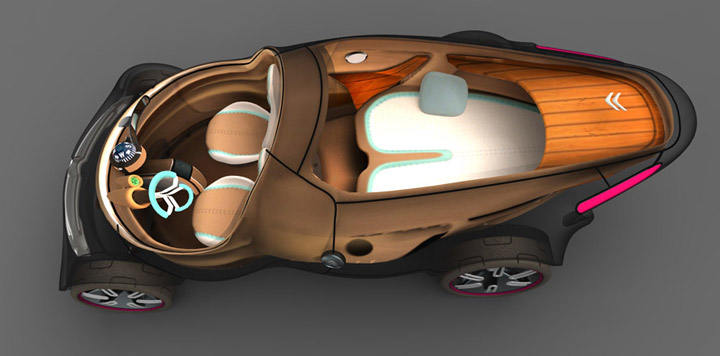
Citroën 48H concept by Heikki Juvonen
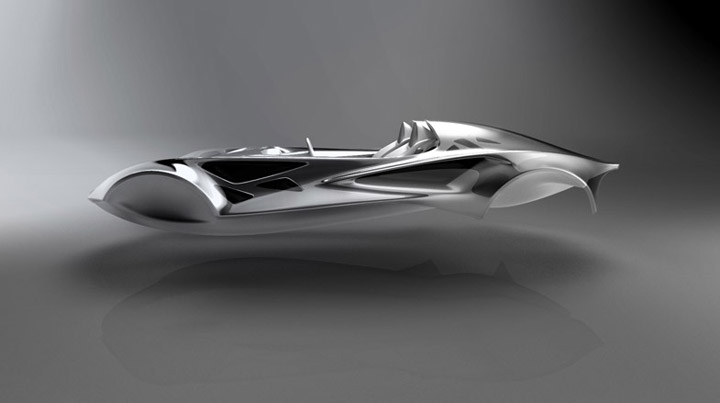
Concept by Hitesh Panchal
Hitesh Panchal's concept has light as the focal point of its design – in terms of physical weight, as well as appearance and perception
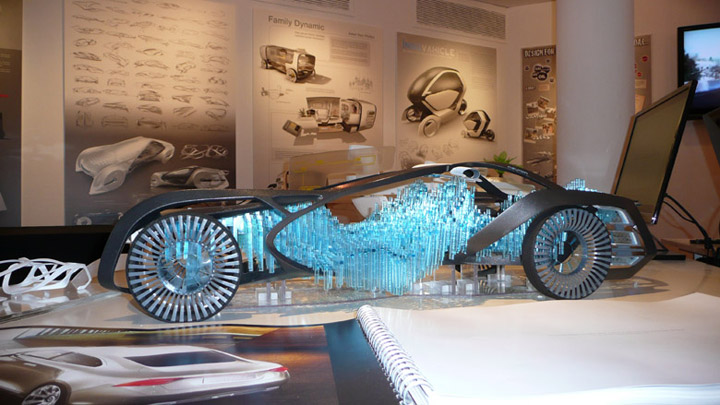
Neuron by Ian Kettle
Ian Kettle's Neuron is an exploration of how brain machine interface (BMI) technology can alter our perception of the car, creating intimate relationships between us and our vehicles so that they become highly intuitive objects
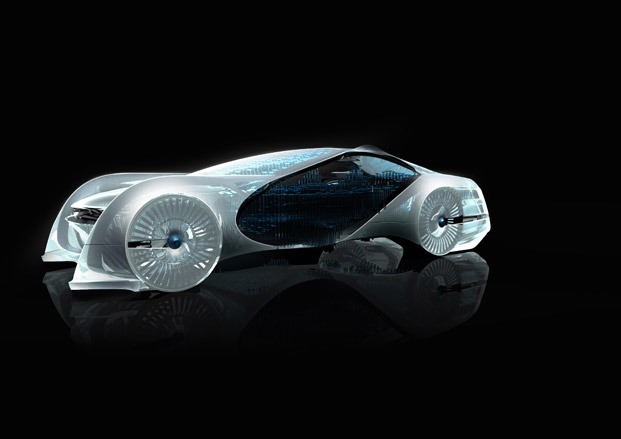
Neuron by Ian Kettle
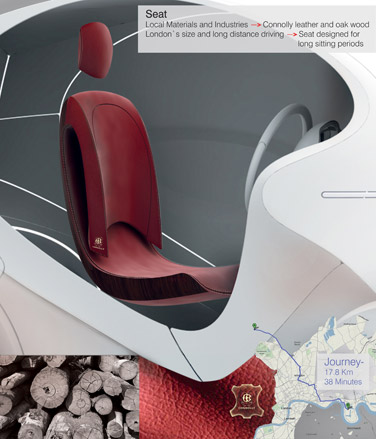
Otto system by Ido Baruchin
Ido Baruchin's Otto system brings social and ecological sustainability to vehicle manufacturing and design. In Otto's contextual mobility the car not only responds to the needs of various societies but also involves both global and local manufacturing - using local materials, labour and craft
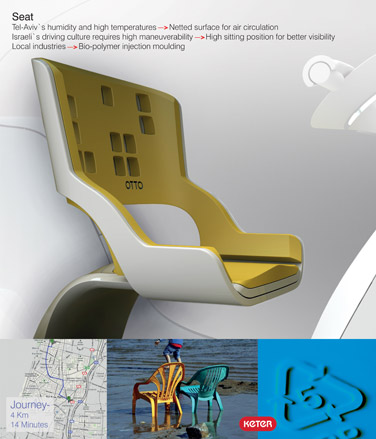
Otto system by Ido Baruchin
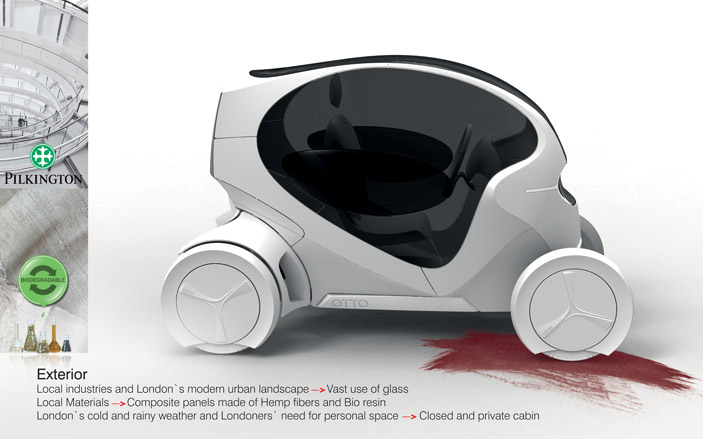
Otto system by Ido Baruchin
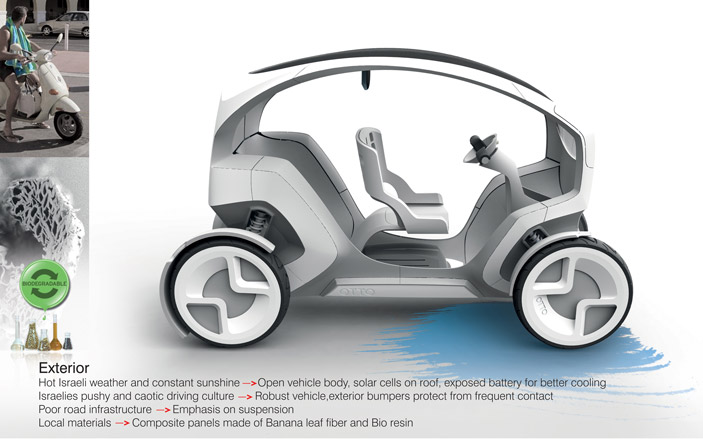
Otto system by Ido Baruchin
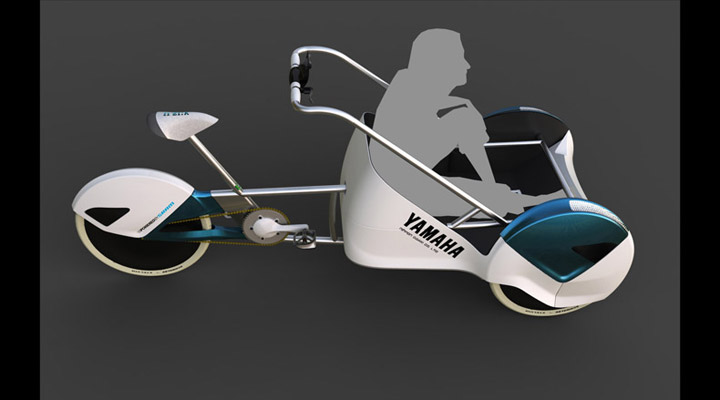
Hybrid cargo tricycle by James Harness
James Harness's design takes inspiration from, amongst other things, the Yamaha guitars of the 70s. Its aim is to find a new product typology that is electric
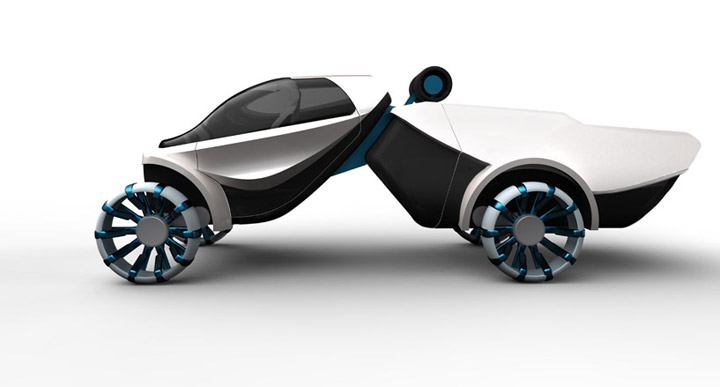
Concept by Juha Pekka Rautio
Juha Pekka Rautio's design offers mobility and energy – a mobile power plant of sorts – for people living in remote rural areas in his native Finland
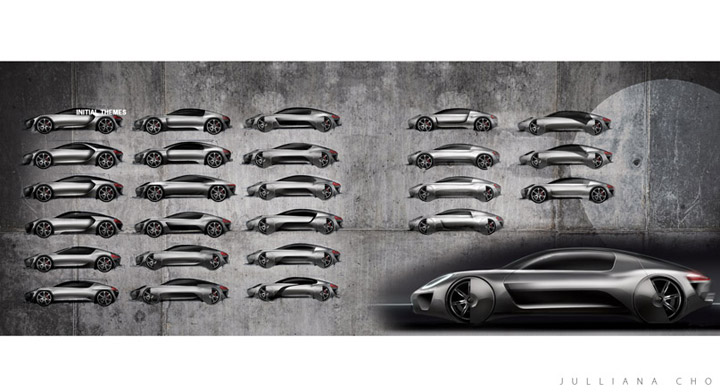
Porsche concept by Julliana Cho
Julliana Cho's Porsche proposition has the Asian market of 2026 (especially China) in mind. The electric car sharing system works on the idea of a shared elitist club where not only are you exclusively part of a small network, but you can customise your borrowed car to be even more exclusive
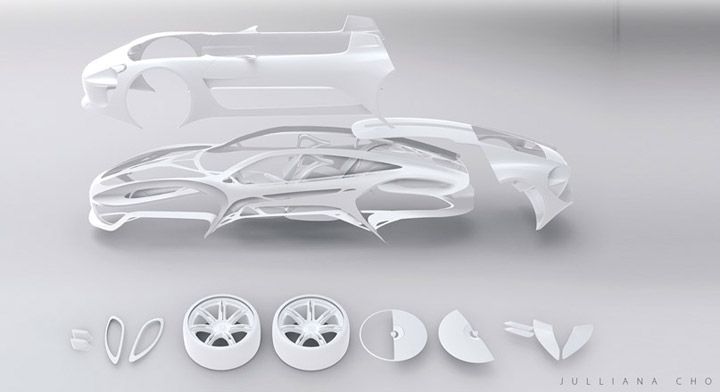
Porsche concept by Julliana Cho
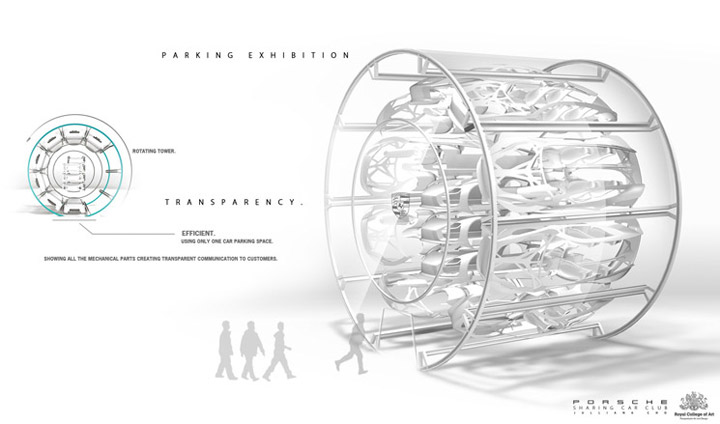
Porsche concept by Julliana Cho
A writer and editor based in London, Nargess contributes to various international publications on all aspects of culture. She is editorial director on Voices, a US publication on wine, and has authored a few lifestyle books, including The Life Negroni.
-
 All-In is the Paris-based label making full-force fashion for main character dressing
All-In is the Paris-based label making full-force fashion for main character dressingPart of our monthly Uprising series, Wallpaper* meets Benjamin Barron and Bror August Vestbø of All-In, the LVMH Prize-nominated label which bases its collections on a riotous cast of characters – real and imagined
By Orla Brennan
-
 Maserati joins forces with Giorgetti for a turbo-charged relationship
Maserati joins forces with Giorgetti for a turbo-charged relationshipAnnouncing their marriage during Milan Design Week, the brands unveiled a collection, a car and a long term commitment
By Hugo Macdonald
-
 Through an innovative new training program, Poltrona Frau aims to safeguard Italian craft
Through an innovative new training program, Poltrona Frau aims to safeguard Italian craftThe heritage furniture manufacturer is training a new generation of leather artisans
By Cristina Kiran Piotti